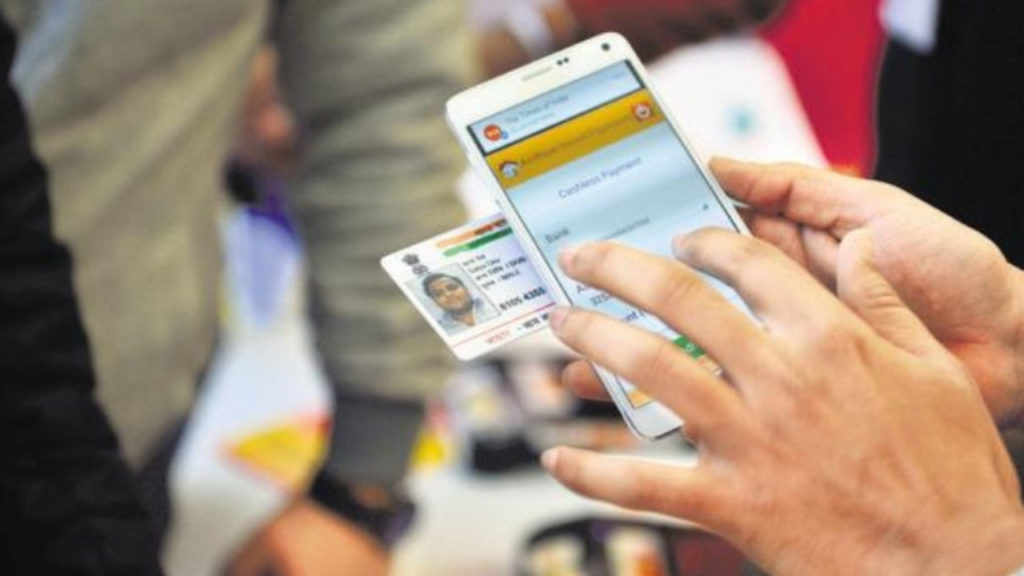Unique Identification Authority of India (UIDAI) and the Indian Institute of Technology, Bombay (IIT Bombay) have signed a memorandum of understanding for the joint development of a touchless fingerprint biometric capture system.

IIT, UIDAI Join Hans to Develop Touchless Fingerprint Biometric Capture System
As per the announcement, it is with the built-in liveness detection that both partner’s intent to develop touchless fingerprint capture technology in order to support biometric authentication with a modality other than face.
Multiple fingers at once shall be captured in order to maximize accuracy, and is planned for integration with the larger Aadhaar ecosystem.
With a focus on delivering a convenient user experience, the contactless fingerprint capability will be developed to work on common mobile phones.
IIT Bombay will participate through its National Centre of Excellence in Technology for Internal Security (NCETIS), which is a joint initiative with the Federal Government’s Ministry of Electronics and Information Technology (MeitY).
As per the latest UIDAI figures and most area carried out with fingerprints, the total Aadhaar authentication reached 2.26 billion in February. Biometric authentication is used for many different types of transactions with Aadhaar.
Independent testing indicates that state-of-the-art contactless fingerprint technologies has become accurate enough for suitability to certain use cases, particularly when matching against templates enrolled with touch fingerprint scanners.
Technologies being developed in the private sector, however, will presumably advance further by the time the fruits of UIDAI and IIT Bombay’s labour can compete with the best.
Touchless Fingerprinting Technology
The most critical step of an automated fingerprint authentication system is the fingerprint image acquisition as it shall determine the final fingerprint image quality which in turn would have drastic effects on the overall system performance.
Let’s take a dive deeper!
Now, when your finger touches or rolls onto a surface, the elastic skin deforms. The capture image depends on the quantity and direction of the pressure applied by the user, the skin conditions, and the projection of an irregular 3D object (the finger) onto a 2D flat plane. This might introduce distortions, noise, and inconsistencies.
And that is not the entire issue, but a mere tip of the iceberg!
The aforementioned issues are inconsistent, irreproducible, and non-uniform contacts and, during each acquisition, their effect on the same fingerprint is different and uncontrollable.
This increases the complexity of fingerprint matching and representing a negative influence on system performance with a consequent limited spread of this biometric technology.
A new approach to capture fingerprints has been proposed which is referred to as touchless or contactless fingerprinting in which the above-cited problems are circumvented.
Since there is a lack of contact between the finger and any rigid surface, the skin does not deform during the capture and the repeatability of the measure is ensured.













